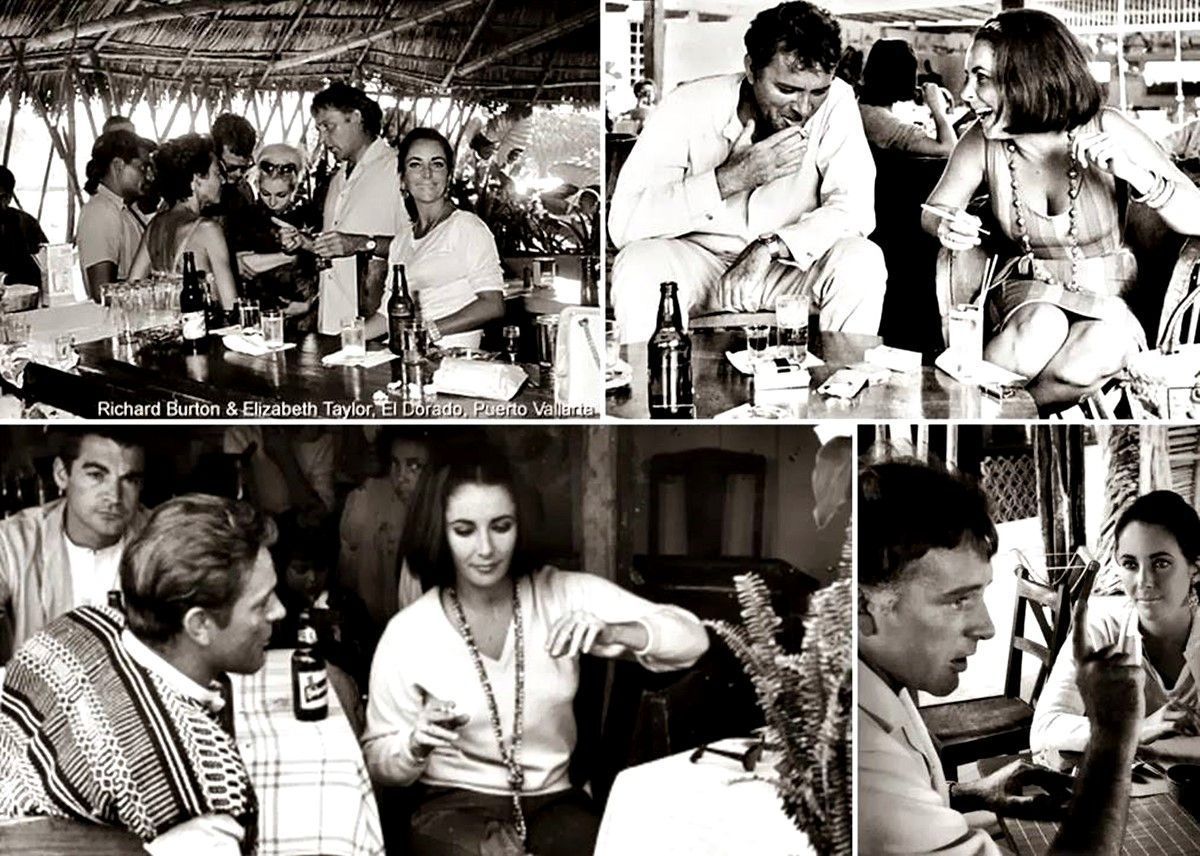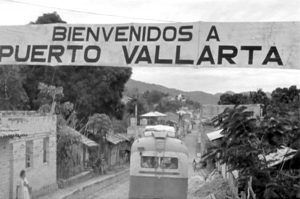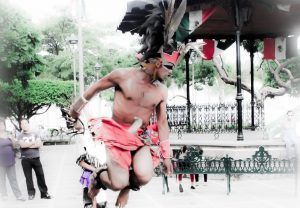Tourism is constantly evolving. Since ancient times, human beings have made trips for different reasons. Today we make a brief account of the history up to the present day.
By Karina Macías Aguirre
Talking about tourism forces us to go back in history. Find the common thread that intertwines all the historical events in the world, to understand how an industry in constant evolution has been structured.
In the book Capitalism, Society and Tourism (2017) researchers and experts on the subject of tourism: Cesar Dachary, Estela Arnaiz, and Fernanda César Arnaiz, narrate in an extremely detailed way, the history and evolution of this fascinating activity known today as the industry without chimneys. Today, we do a brief historical recount.
Human nature has always been oriented to seek better living conditions. Since prehistoric times, man has searched for the ideal place to survive and protect himself. Our condition as nomads led us to visit inhospitable places in order to find food, shelter and protection. Since always, the human being traveled with a goal in mind; have a better life. Condition, which we instinctively share with the animal kingdom.
►The history of tourism
During the fifteenth century in the case of America, tourism had purposes linked to colonization and submission. The colonizers appropriated not only the territory, but also the natural, economic, and human resources that existed. These trips were the watershed to think that the world should be explored. If we add to this the natural beauty of the sites, and the cultural richness of the original peoples, this exploration would become a long-awaited feast for conquerors from around the world, and logically the pretext for those who financed the trips.
►Tourism and Mobility
In the middle of the 18th century, the world changed completely with the industrial revolution. This process of transformation in economic, social and technological terms would extend from Great Britain to almost all of Western Europe and America, concluding approximately in 1840. A period in which one of the largest and most important transformations in the history of The humanity.
The construction of thousands of kilometers of railways and hundreds of routes multiplied exponentially throughout the world. The transport industry for public and private purposes would be the trigger to encourage travel through the use of the train, car, plane and ship. Which would generate a breather for the economies of the different countries, involving multiple actors that would give foundation and weight to the construction of this idea.

►Tourism, pleasure and status
Starting in 1950, the idea of tourism took hold in the governments of the world as a strategy that promoted economic development. The pleasure and leisure industry would become the favorite reason to carry it out. This favored those who had the financial means and sufficient status to be able to travel.
The development of the media such as cinema, radio and television played a fundamental role in this. From 1950, traveling was already synonymous with status. The cinema was elementary for famous artists to arouse interest in travel and pleasure. From this scoop, contemporary society links the idea of pleasure and quality of life to travel.

In the case of Puerto Vallarta, it was the cinema that catapulted this typical Mexican town, as a hidden paradise in the Pacific of Mexico. The movie "Night of the Iguana" and the news about the romance of Richard Burton and Elizabeth Taylor in Mismaloya, They managed to make the eyes of the world focus on this paradisiacal place on the Mexican coast.




